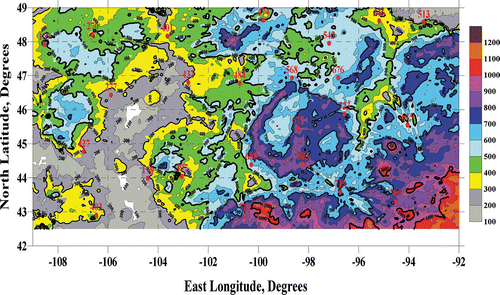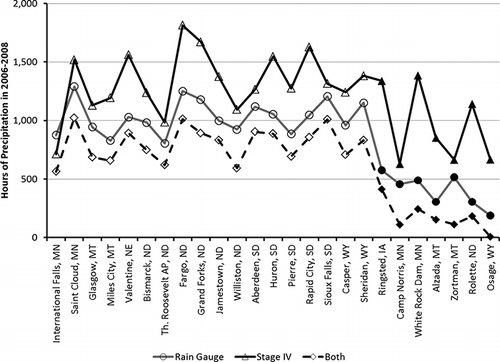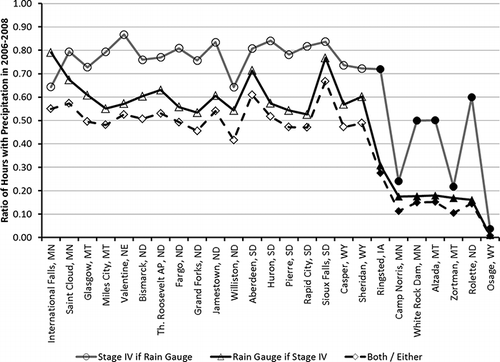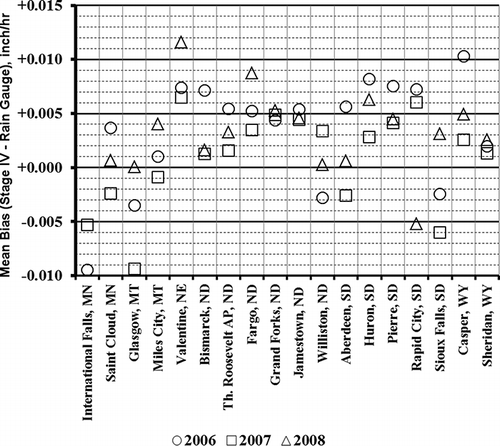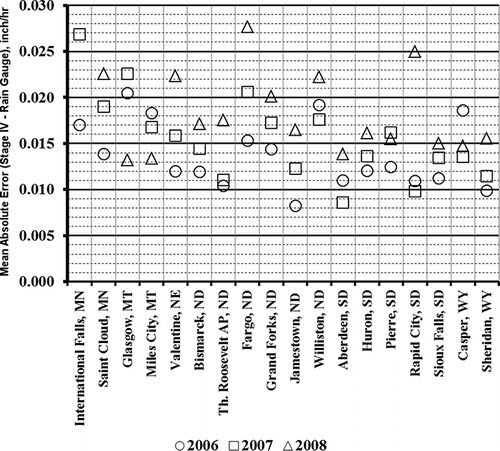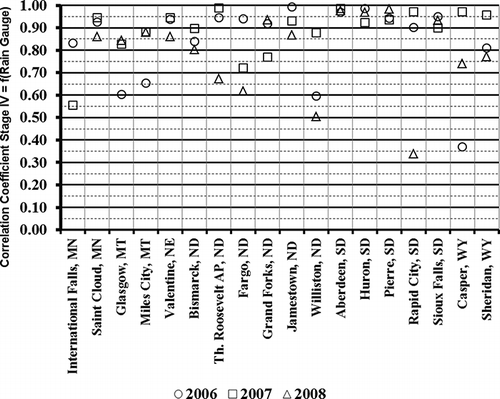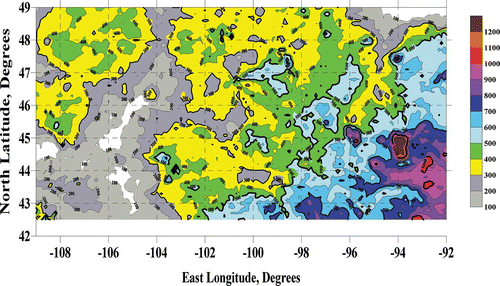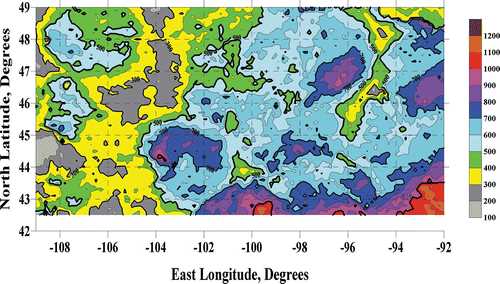Figures & data
Figure 1. Spatial distribution of HADS stations, NEXRAD radar stations, and selected precipitation stations.

Table 1. Selected rain gauge precipitation stations for the comparative analyses
Table 2. Location and distance of nearest NEXRAD radar site to rain gauge stations
Figure 6. Total annual Stage IV precipitation as a function of total annual rain gauge precipitation.
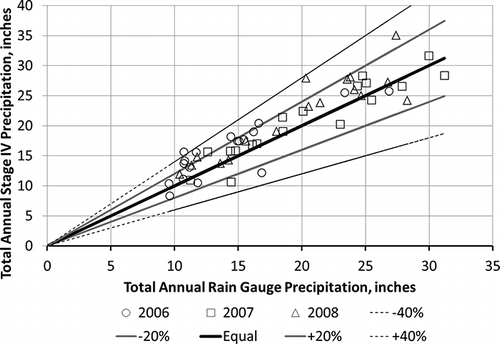
Figure 7. Intercept and slope of linear regression of Stage IV precipitation as function of rain gauge precipitation.
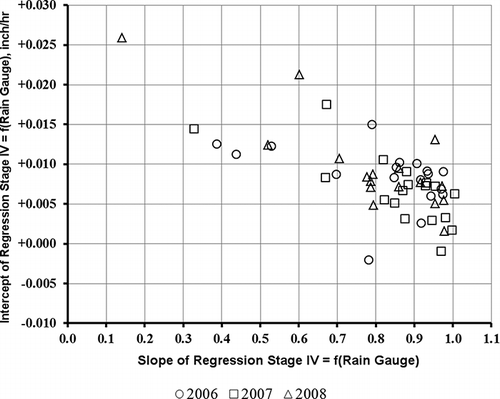
Figure 9. Scatter plot of hourly Stage IV precipitation as a function of hourly rain gauge precipitation: Jamestown, ND, in 2006.
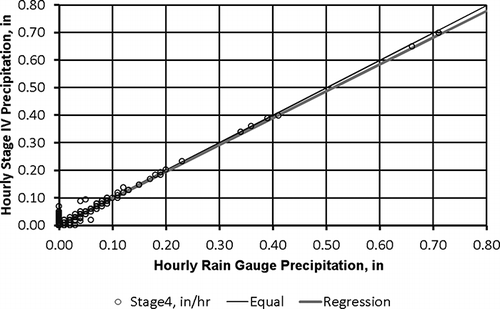
Figure 10. Scatter plot of hourly Stage IV precipitation as a function of hourly rain gauge precipitation: Sioux Falls, SD, in 2006.
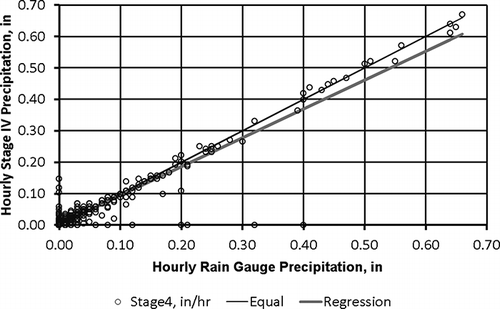
Figure 11. Scatter plot of hourly Stage IV precipitation as a function of hourly rain gauge precipitation: Bismark, ND, in 2006.
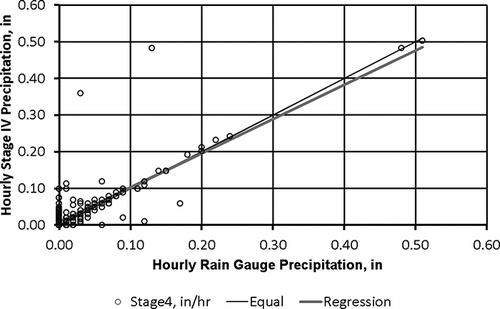
Figure 12. Scatter plot of hourly Stage IV precipitation as a function of hourly rain gauge precipitation: Casper, WY, in 2006.
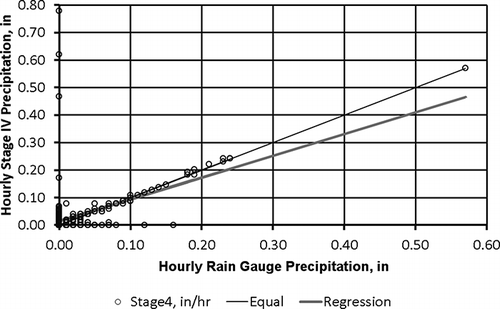
Figure 13. Scatter plot of hourly Stage IV precipitation as a function of hourly rain gauge precipitation: Ringsted, IA, in 2006.
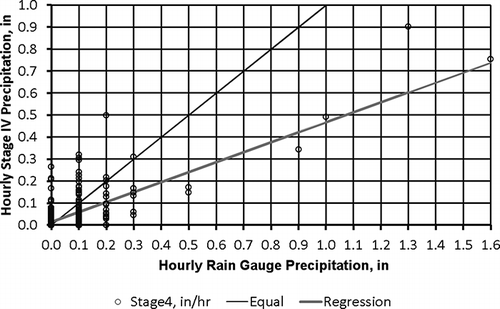
Figure 14. Mean bias (Stage IV − rain gauge) for high-precision stations as a function of rain gauge type.
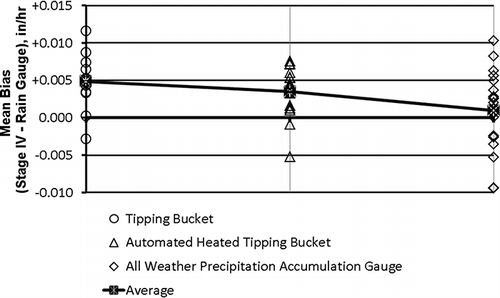
Figure 15. Mean absolute error (Stage IV − rain gauge) for high-precision stations as a function of rain gauge type.
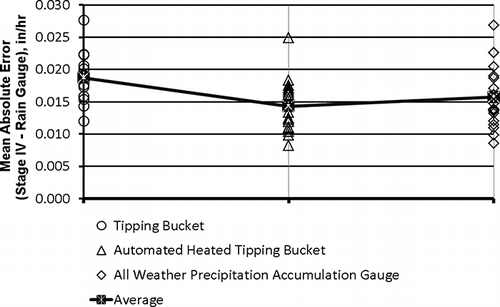
Figure 16. Correlation coefficient, Stage IV, as a function of rain gauge data for high-precision stations categorized by rain gauge type.
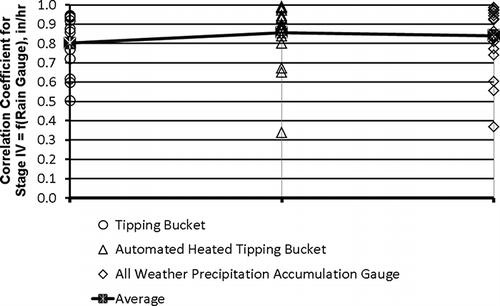
Figure 17. Mean bias of Stage IV − rain gauge precipitation (in/hr) for high-precision stations as a function of distance from NEXRAD radar.
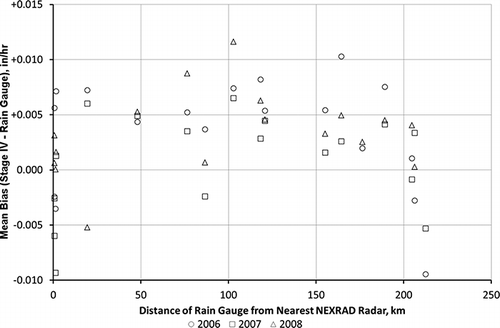
Figure 18. Mean absolute error of Stage IV − rain gauge precipitation (in/hr) for high-precision stations as a function of distance from NEXRAD radar.
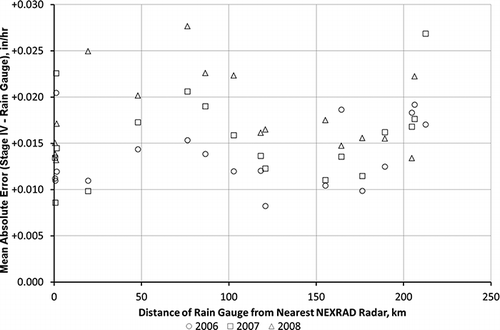
Figure 19. Correlation coefficient of Stage IV as a function of rain gauge for high-precision stations shown in relation to distance from NEXRAD radar.
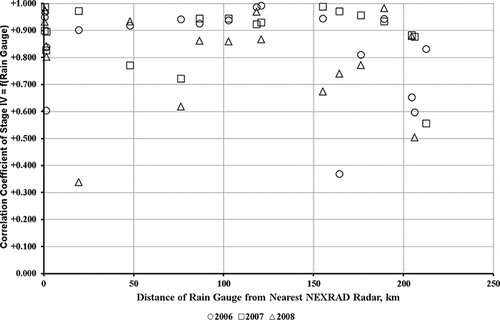
Figure 20. Quarterly hours of nonzero precipitation by Stage IV and rain gauge in 2006 (high-precision stations).
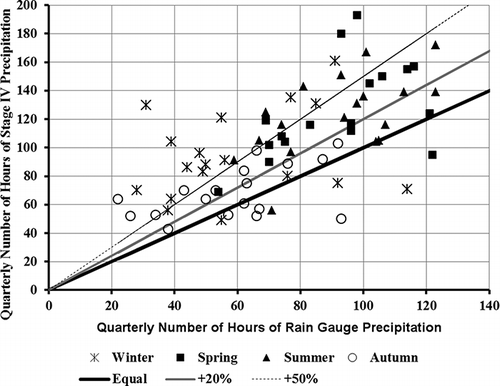
Figure 21. Quarterly Stage IV precipitation as a function of quarterly rain gauge precipitation in 2006.
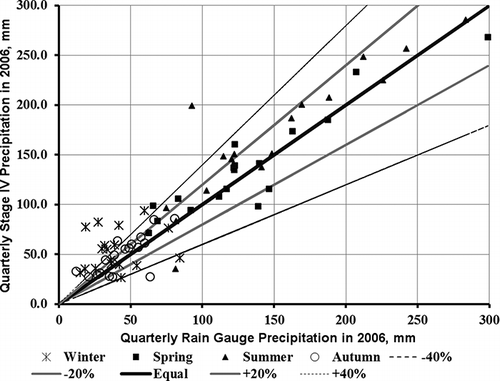
Figure 22. Geographical distribution of total annual precipitation (mm) in 2007 (18 high-precision rain gauge stations).
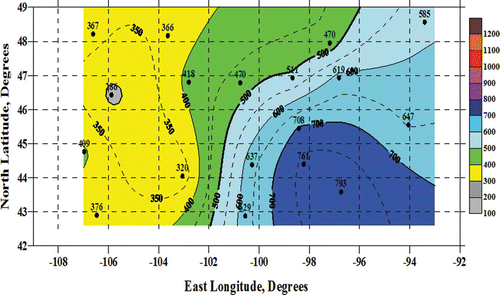
Figure 23. Geographical distribution of total annual precipitation (mm) in 2007 Stage IV, at 25 selected rain gauge stations.
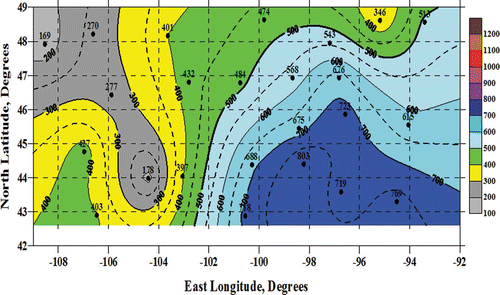
Figure 24. Geographical distribution of total annual precipitation (mm) in 2007 Stage IV: 52,011 grid points, 4 km × 4 km spatial resolution.
